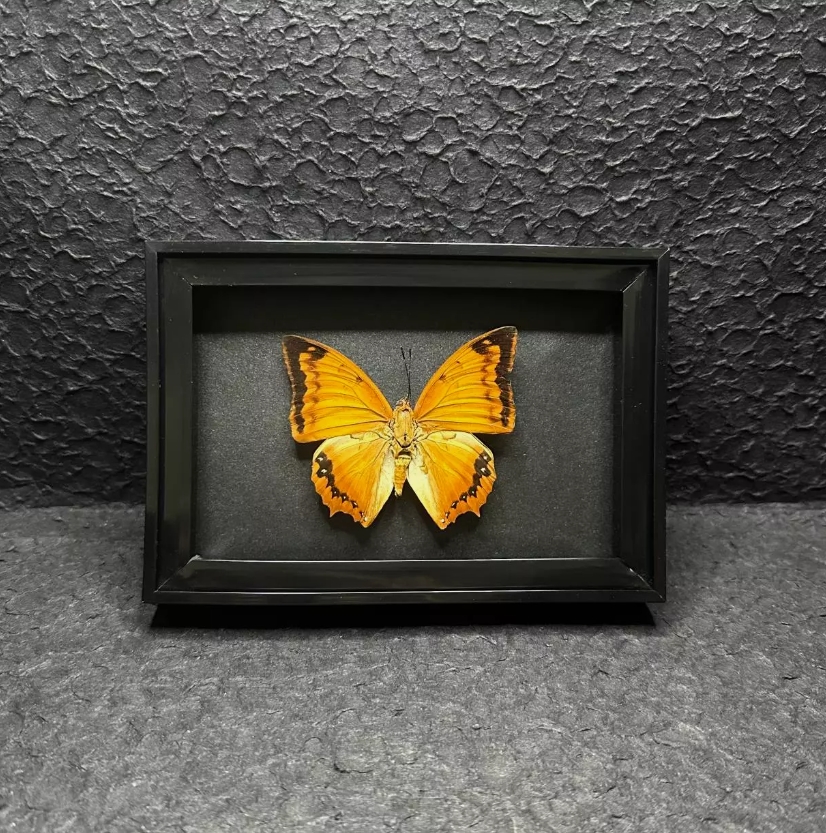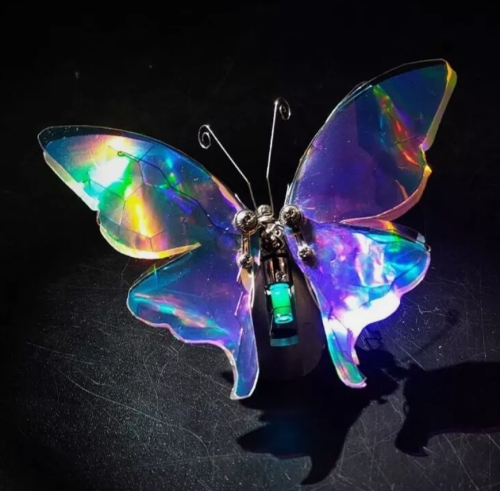Butterfly specimens are a highly prized natural collection that not only reflects the diversity and beauty of life, but also contributes to scientific research and education. As a member of the insect kingdom, butterflies have attracted the attention of countless people with their colorful wings and unique living habits. In the process of making specimens, the collection and preservation of butterflies is the most critical link.
Butterflies are usually collected using tools such as traps, insect nets, etc., to ensure that the impact on their environment is minimized. Compared to mayflies and other insects, butterflies have a longer life cycle, going through egg, larva, pupa, and adult stages. At all stages, the butterfly's form and color are full of charm. This also provides a rich material for the preparation of specimens. Once captured, it needs to be processed as soon as possible to ensure it is intact.
In the preparation of specimens, the butterfly is usually fixed on a specific frame, after professional drying treatment, to maintain the true reproduction of its color and shape. In this way, observers can not only appreciate the beauty of the butterfly, but also gain a deeper understanding of its morphological structure and ecological characteristics. Common specimen forms include flat specimen, which can clearly show the texture of the butterfly wings, and three-dimensional specimen, which can allow people to appreciate the overall outline and vivid expression of the butterfly.
Butterfly specimens play an important role in scientific research. Through observation and analysis of specimens, researchers can obtain information on butterfly classification, ecology, and behavior. These studies not only help to understand the biological characteristics of the butterfly itself, but also contribute to the protection and sustainable development of the ecological environment.
















